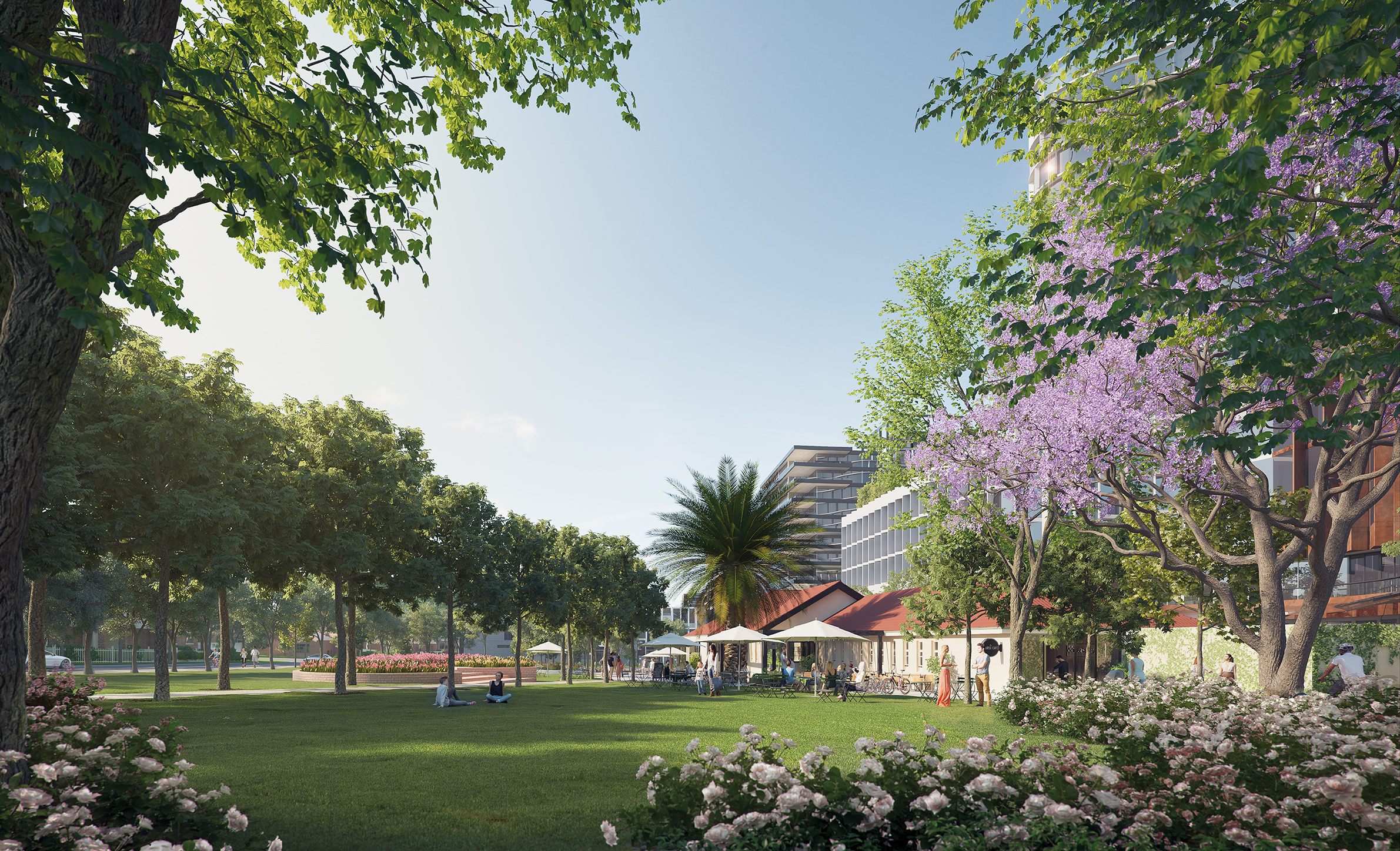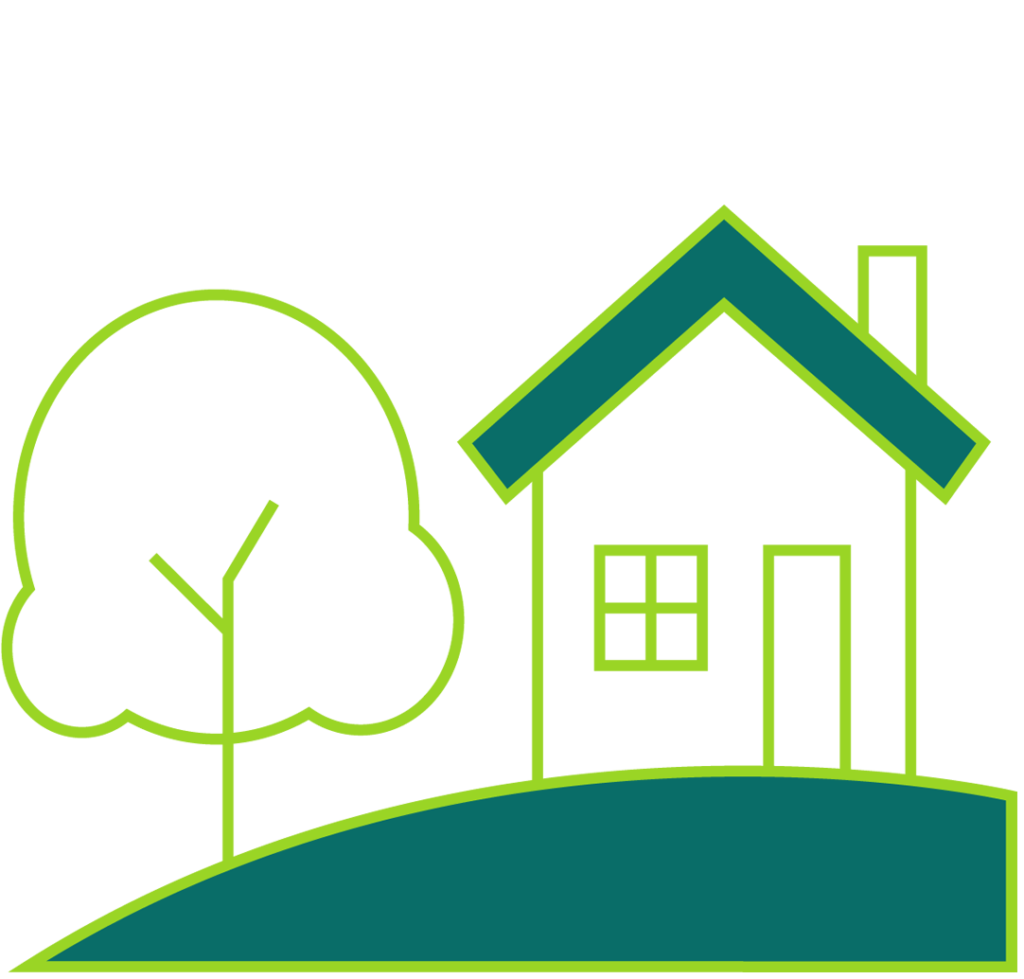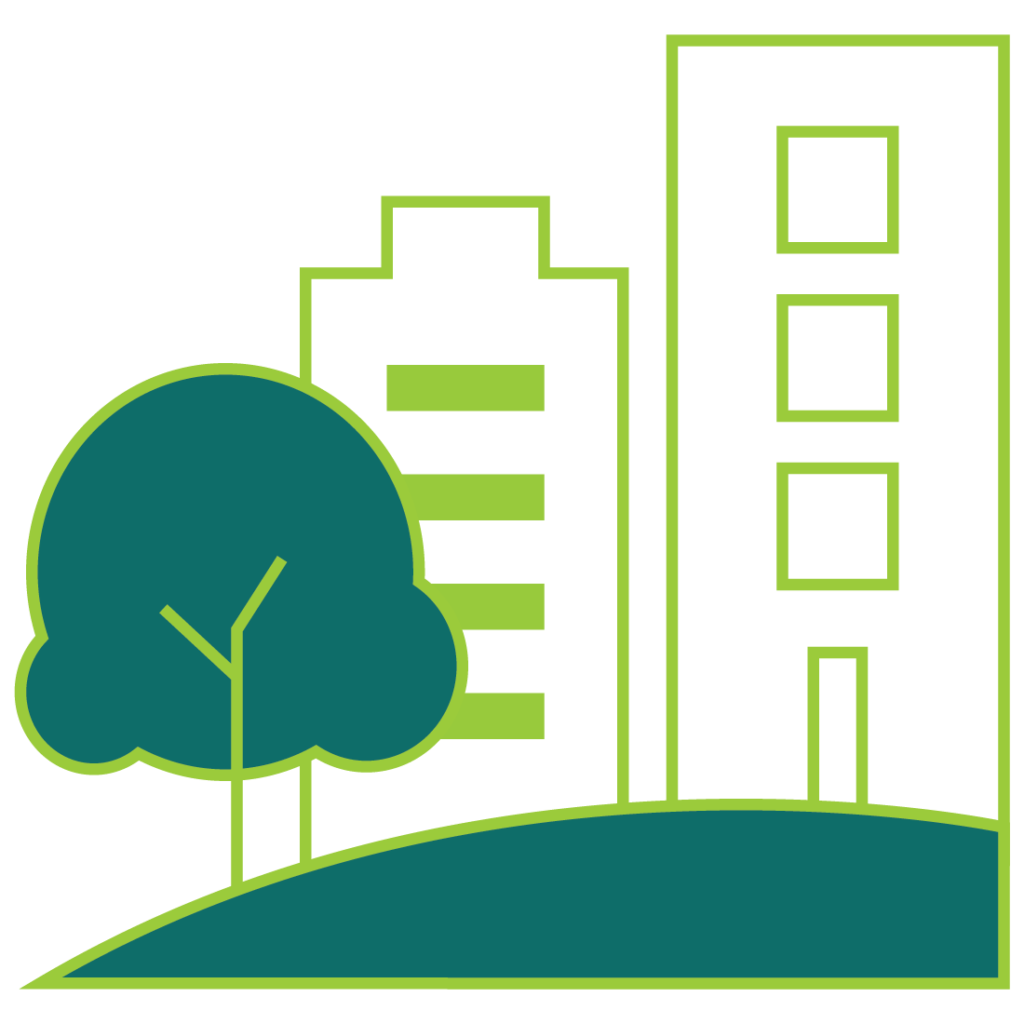A future with green open space
A call to action for developers and property leaders to incorporate green open space in their projects for a greener, more sustainable future.
-
UNIVERSITY OF MELBOURNE RESEARCH REPORT
NATURE-BASED CITIES: GREENING FOR SUSTAINABILITY & LIVEABILITY
APRIL 2022
-
URBIS RESEARCH REPORT
GROWING VALUE OF GREEN SPACE
APRIL 2022
-
ARK RESOURCES RESEARCH REPORT
NATURE-BASED CITIES: REVIEW OF AUSTRALIAN ESD RATING TOOLS
April 2022
-
EXEMPLAR PROJECT
MOONEE VALLEY PARK
Nature Based Cities is a not-for-profit, private sector initiative to encourage more property developers and property asset owners in inner and middle ring suburbs of major cities around the world to incorporate more green open space and trees in their projects.
We do this by:
- Commissioning, promoting and sharing research to support the commercial decision to incorporate more green open space and trees in property assets; and
- highlighting exemplar projects & initiatives in this space.

Humanity is now predominantly urban.
Nature based cities are critical for sustainable and liveable urban futures.
5%
LESS THAN
of the Earth’s surface is covered in urban and semi-urban settlements yet human activity is impacting all corners of the globe
55%
of humans lived in cities in 2018
65%
of humans are expected to live in cities by 2050
Source: University of Melbourne, April 22
Urban green spaces deliver benefits across three dimensions:
1. ENVIRONMENTAL BENEFITS
- Healthy living ecosystems
- Resilient habitat for flora and fauna
- Regulate microclimates
- Maintain biodiversity
- Species protection and stability
- Healthy soils
- Absorb rainfall and solar radiation
- Filter air pollution
- Lower air temperatures
- Carbon sequestration
- Climate change mitigation
2. SOCIAL BENEFITS
- Health and Wellbeing
- Improved mental & physical health
- Lower premature death rate
- Reduction in stress and anxiety
- Lower obesity rates
- Reduction in onset of chronic conditions
- Nature-based therapy for health conditions
- Improve cognitive function
- Space for gathering and connecting
- Space for exercise and physical activity
- Vital in pandemic response to counter isolation
- Socialising
- Enable social interaction and cohesion
- Space for meeting, socialising and celebrating
- Strengthen communities
- Encourage play
- Higher engagement with positive environment and healthier lifestyle choices
- Lower engagement with negative lifestyle choices such as smoking
- Counter loneliness
- Lower suicide rates
- Prevent crime and increase surveillance
- Sense of Place and Cultural Heritage
- Build meaning and attachment to place
- Establish a strong emotional connection between people and the environment
- Enhance place character
- Inspire story-telling
- Acknowledge and celebrate Connection to Country
- Engage & connect with indigenous custodians
- Enhance cultural belonging
- Celebrate history
3. Economic Benefits
- Government cost-savings on health, wellbeing and public safety
- Carbon offsetting
- Increased economic activity
The price and rent premium for residential property co-located with green space is clear and growing, highlighting the opportunity for property developers and institutional property owners to drive commercial returns (as well as environmental and social value) by incorporating more green open space and trees.

17%
average premium for park front units over the last 10 years

34%
average premium for park front houses over the last 10 years

9.6%
PER ANNUM
park front property average annual growth

2X
almost twice the surrounding market average annual growth of 5% pa
Source: Urbis, April 22

There is rightly much focus on our critical need to achieve net zero emissions. There is much less focus on how the billions of tonnes of heat-trapping carbon that is already in Earth’s atmosphere can be removed and stored.
Whilst there is emerging technology in this space, the simplest solution is to plant more trees and create more areas of biomass or green open space, which sequester carbon from the atmosphere.
Incorporating new green open space and tree planting in commercial property development and existing property assets also comes with a range of benefits that make good business sense – a genuine win-win.
Nature Based Cities is seeking to arm developers and institutional property asset owners with the research and data to support a commercial decision to create more green space and plant more trees.
Paul Hameister OAM
Executive Chairman, Hamton Property Group

A growing proportion of the global population lives in cities – humanity is now predominantly urban. As we face global-scale pressures and challenges of climate change and sustainability, the health and liveability of our precincts and cities, and their contributions towards addressing these global challenges is increasingly important.
Just as many of the sustainability challenges we face emanate from cities, so too are cities potentially the locations for the solutions to these challenges. Creating nature-based cities, in which green spaces are essential elements that are equitably integrated in the urban fabric, the infrastructure and the spaces and places within our cityscapes, is critical for sustainable and liveable urban futures.
Dr Judy Bush
Lecturer, Urban Planning
Faculty of Architecture, Building and Planning
The University of Melbourne

We know our cities need to adapt to the environmental and sustainability challenges around us. We also live in a moment where wellness is taking an ever greater focus. So, to me the nature-based cities concept makes complete sense.
Beyond being the right thing to do, it helps when the commercial case can bring forward progress. We are at that exciting point in time when community, environment and investment drivers are coming into line. This will be important in getting the next phase of growth right.
Mark Dawson
Director, URBIS

The layout of our cities and the design of buildings must respond to the urgent threat posed by climate change. Integrating vegetation and green spaces into the design of new developments has numerous benefits for future residents, the broader community and will enhance the amenity and sustainability of our cities. A nature-based design approach is low-tech, common sense and straightforward to implement – we just need to create the right incentives.
Jan Talacko
Director, Ark Resources
We’d love to hear from you if you have any suggestions, ideas or feedback.
Please get in touch with us via email contact@naturebasedcities.com.au


